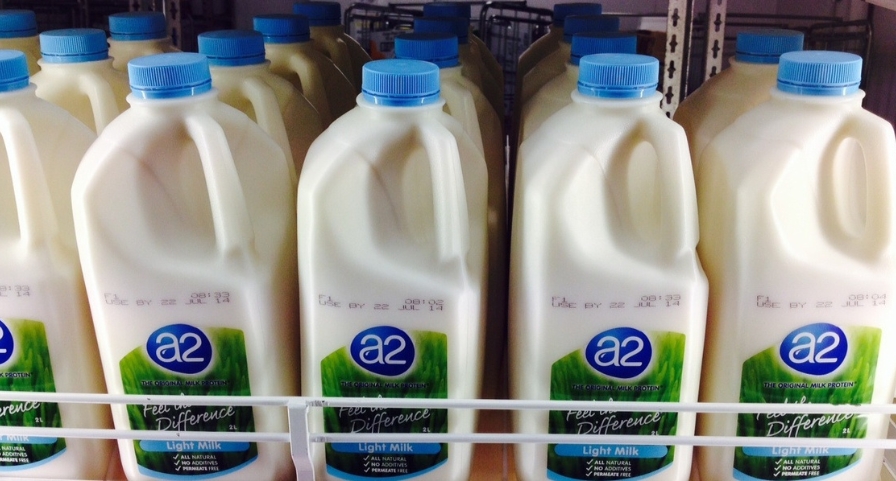You’ve probably heard the likes of celebrity nutritionist Rujuta Diwekar, and her legion of followers, advocate the consumption of A2 cow’s milk. And you’ve also perhaps bought into the A2 Bilona cow’s ghee trend that’s all the rage nowadays. So what’s behind the popularity of this type of milk, and why are people queuing up to get this product? Let’s take a look.
We follow the cow’s natural lactation cycle. Milking is only done twice a day, no hormonal injections are given, and there’s no forced calving.
What is A2 milk
Milk protein is of two types, whey and casein. Casein, in turn, also has a subtype known as beta-casein, which also comes in two forms, A1 and A2. While A1 milk contains both types of beta casein, A2 milk only contains A2 beta casein.

Unlike regular milk, which can cause discomfort for those with dairy sensitivities, A2 milk is known to be gentler on the stomach and easier to digest, making it a better alternative for those with milk protein tolerance. This is specifically due to the absence of A1 protein, which prevents the formation of a peptide linked to inflammation in the small intestine.
That explains why A2 milk is being raved about in India. After all, studies indicate that about 60% of Indians are lactose intolerant.
Also read: Amul’s camel milk a lifeline to depleting Kharai camel herders in Gujarat’s Kutch
Proudly indigenous: Gir, Sindhi and more
With the White Revolution in the 1970s, cow breeds such as Jersey and Holstein-Friesian, which produced A1 milk in Europe, were crossbred with Indian cows to increase yield. It wasn’t the best decision, especially given the conditions of our country, with its harsh summer as compared to Europe.
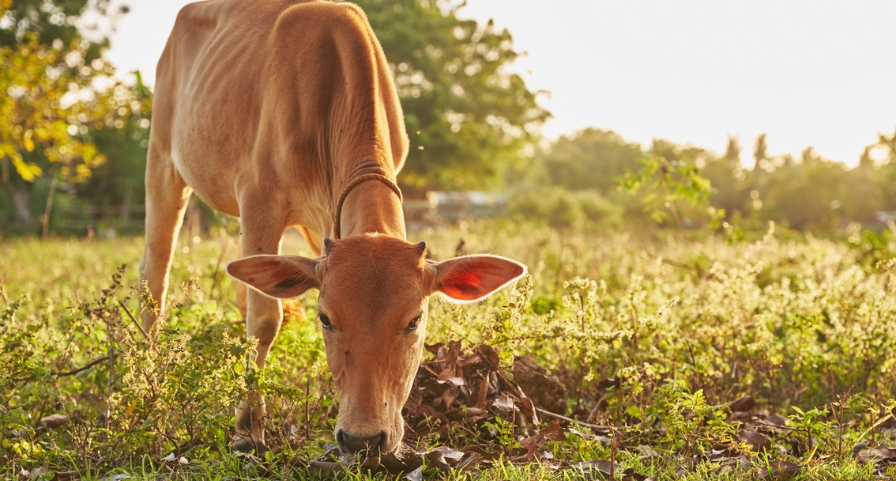
Unlike the indigenous cows of India, which are conditioned to survive the extreme tropical climate, the management of these A1 milk-producing cows is difficult, especially due to the humidity.
Traditional Indian cattle breeds such as Sahiwal, Red Sindhi, and Gir are less susceptible to diseases due to their resilience to tropical diseases and heat stress. These local breeds don’t require high-input industrial dairy farming, and this translates to fewer chemical additives, synthetic products, minimal antibiotic intervention, and significantly lower methane emissions. Now, isn’t that a perfect fit?
Udderly ethical: Farms that care
In rural India, farms are quietly leading the way in not only quality milk production but also setting new ethical standards for animal welfare and ethical responsibility.
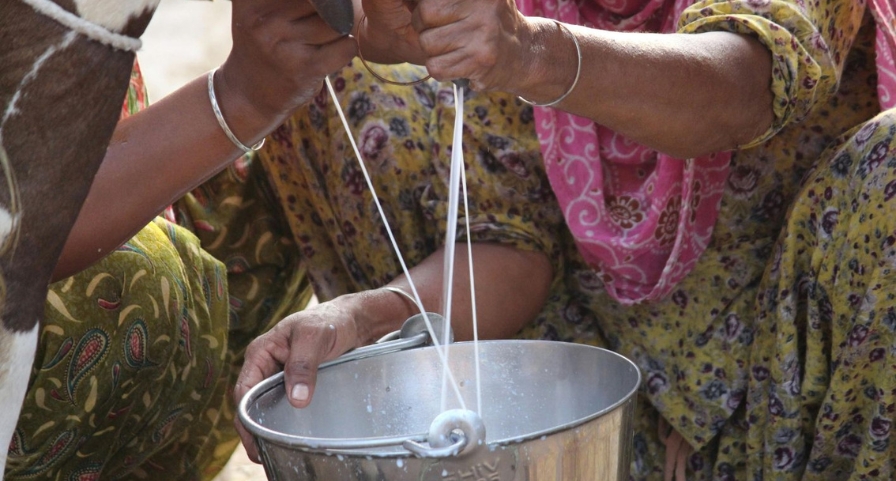
For instance, SwadeshiVIP Farm offers a model of conscious dairy farming through an ethical milking process, which includes ensuring the quality and purity of the milk produced by the cows is maintained, and the well-being of the cows is taken care of regardless of whether they produce milk or not.
In this model, cows are not treated as mere milk-producing units but as living beings with emotional and physical needs. They are each given a distinctive name and identity, are welcomed warmly and are treated like a part of a family. Even non-lactating cows are accorded the same level of respect and care.
“We are breaking the modern culture of adulteration and reviving the traditional culture of respect and harmony with nature,” said Narendra Kumar, the founder of the organisation, emphasising their philosophy of ethical treatment and sustainability.
He further explained, “We follow the cow’s natural lactation cycle. Milking is only done twice a day, no hormonal injections are given, and there’s no forced calving.” This is in stark contrast to the high-pressure systems seen in commercial A1 dairies.
Also read: Dacoit’s den to dairy hub: The story of a Chambal village
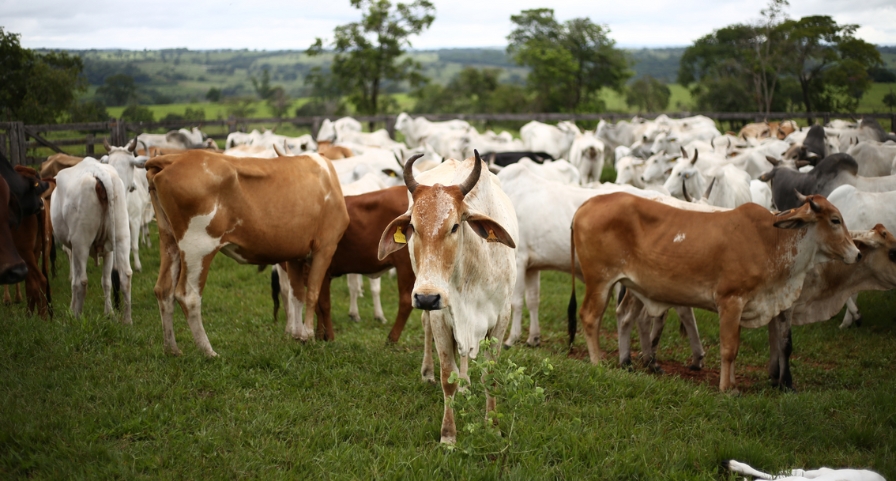
Similarly, Akhshayakalpa Organic Farms ensures that their animals roam freely in their farms. They also protect them from diseases through an AIM TV coverage of the farm. “Basically, the cows are living in a healthy, stress-free environment. They are free to roam around, they are not tethered or tied,” explained Vachana Shetty, Marketing Head of the organisation. These cows, when lactating, aren’t secreting stress hormones, which could influence the quality of the organic A2 milk.
A2 milk production habitually involves sustainable farming methods, such as free-grazing and natural calving processes, and at Akshayakalpa Organic Farms, this commitment to sustainability is further demonstrated through their utilisation of biogas plants powered by cow dung, reducing reliance on external energy sources and lowering carbon footprints.
In Assam, the Sitajakhala Dugdha Utpadak Samabai Samiti demonstrates how rural dairy cooperatives are changing rural livelihoods. They are providing a platform to local dairy farmers to pool their A2 milk, get it processed hygienically, and send it to cities, ensuring fair pay and full transparency.
“Around 5000-6000 households earn their livelihood from Sikajakhala,” said Ranjib Sharma, the Chairman of the organisation. Even farmers with no formal education are finding strength in numbers – by lobbying together, they can negotiate better prices, turning milk into profit.
Sharma also explains that the main objective of the organisation is “employment generation and providing a fair price to farmers.” By processing and packaging milk into value-added products, the cooperative opens doors for new markets such as urban stores, local stores and health-conscious consumers, augmenting income and visibility of every dairy farmer involved.
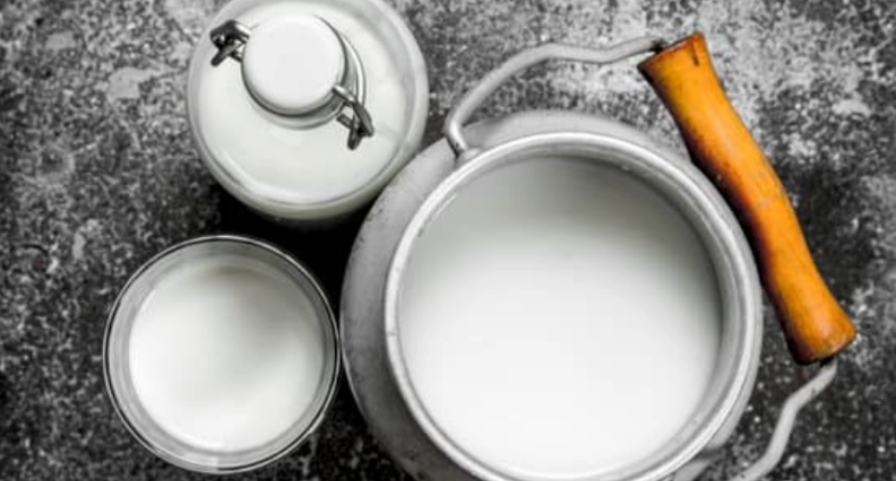
By choosing ethically sourced A2 milk, we’re not only choosing better health for ourselves, but are indirectly investing in greener farms, ethical treatment of cows, and enabling rural communities to thrive. Because when milk is pure, everyone thrives, from grassroots farmers to our grateful stomachs!
Also read: Rajasthani farm girl who’s an Insta sensation
The lead image on top shows bottles of A2 cow’s milk lined up on a shelf at a store. This type of milk isn’t just good for our bodies, but for the rural economy and small-scale farmers too. (Photo courtesy Wikimedia Commons)
Sara Shekhar is a high school intern driven by curiosity and a deep interest in how stories, systems, and societies connect across borders.

